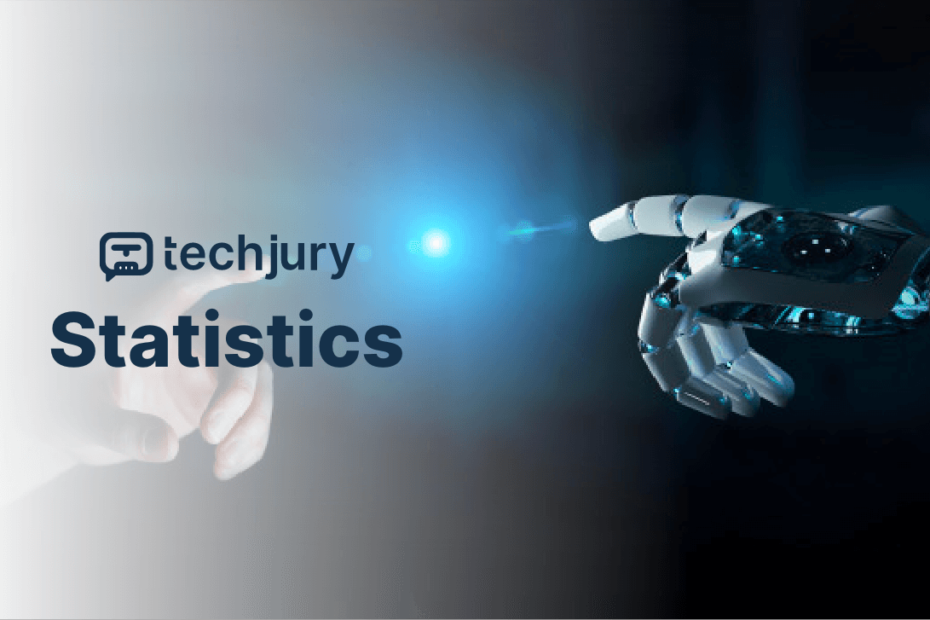The Technological Metamorphosis: Understanding Our Digital Evolution
Imagine standing at the crossroads of human innovation, where every technological breakthrough reshapes our understanding of possibility. We‘re not just witnessing technological growth; we‘re experiencing a profound digital renaissance that‘s fundamentally reconstructing how humans interact, work, and perceive the world around us.
As a data analysis specialist who has tracked technological trends for over two decades, I‘ve observed something remarkable: technology isn‘t just advancing—it‘s accelerating at an exponential rate that defies traditional linear progression. What used to take generations now happens within months, and what seemed like science fiction a decade ago has become our everyday reality.
The Acceleration Paradigm: Beyond Linear Growth
Traditional models of technological development suggested incremental improvements. Today, we‘re seeing geometric progression that challenges every previous assumption. Consider computing power: while Moore‘s Law predicted chip performance would double approximately every 18 months, we‘re now witnessing computational capabilities expanding even faster, driven by quantum computing, advanced machine learning algorithms, and unprecedented data processing capabilities.
Historical Context: The Technological Transformation Timeline
To truly appreciate our current technological landscape, we must understand its evolutionary journey. The digital revolution didn‘t emerge overnight but represents a complex tapestry of human ingenuity spanning multiple decades.
The Foundational Decades: 1950-1990
The mid-20th century laid critical groundwork for our current technological ecosystem. From the first transistor-based computers to early networking protocols, these decades established fundamental computational infrastructures. ARPANET, the precursor to the internet, emerged in 1969—a moment that would ultimately democratize global information exchange.
The Internet Revolution: 1990-2010
The widespread adoption of personal computers and internet connectivity transformed how humans communicate, work, and access information. What began as a niche technology quickly became a global phenomenon, connecting billions and creating entirely new economic models.
Contemporary Technological Landscape: A Multidimensional Ecosystem
Today‘s technological growth isn‘t confined to a single domain but represents a complex, interconnected network of innovations spanning multiple sectors.
Artificial Intelligence: The Cognitive Frontier
Artificial intelligence has transitioned from theoretical concept to practical application with breathtaking speed. Machine learning algorithms now power everything from medical diagnostics to financial forecasting, demonstrating capabilities that were unimaginable just a few years ago.
Current AI development shows remarkable trends:
- Global AI market expected to reach $190 billion by 2025
- 37% of organizations have already integrated AI technologies
- Potential to generate 97 million new job categories by 2025
Data: The New Strategic Asset
Data has become the most valuable resource in the digital economy. Organizations generating, processing, and extracting insights from massive datasets are fundamentally reshaping competitive landscapes across industries.
Fascinating data generation statistics reveal:
- Humanity produces 2.5 quintillion bytes of data daily
- 90% of global data has been created in the last two years
- Predictive analytics market projected to reach $28.1 billion by 2026
Global Technology Adoption: Regional Variations and Emerging Trends
Technology‘s growth isn‘t uniform but represents a complex global mosaic with fascinating regional nuances.
Developed vs. Emerging Markets
While traditional technological powerhouses like the United States and European nations continue driving innovation, emerging markets in Asia and Africa are demonstrating remarkable technological leapfrogging. Countries like India and China are not just consuming technology but becoming significant global innovation hubs.
Mobile Technology: The Great Equalizer
Smartphone penetration has become a powerful democratizing force. With over 5.32 billion mobile connections worldwide, mobile technology has become the primary digital interface for billions, transcending traditional socioeconomic barriers.
Future Technological Frontiers: Beyond Current Horizons
Looking forward, several emerging technologies promise to redefine human capabilities:
Quantum Computing
Quantum computing represents a paradigm shift in computational power. Unlike classical computing, quantum systems can process complex calculations exponentially faster, potentially solving problems previously considered unsolvable.
Biotechnology and Genetic Engineering
Advances in genetic engineering and biotechnology are blurring lines between technology and biology. CRISPR gene-editing technologies, personalized medicine, and synthetic biology are opening unprecedented frontiers of human potential.
Socioeconomic Implications: Technology‘s Broader Impact
Technological growth isn‘t just about devices and algorithms—it‘s fundamentally restructuring social systems, economic models, and human interactions.
The Future of Work
Automation and artificial intelligence are reshaping labor markets. While some traditional roles will disappear, entirely new job categories are emerging, demanding adaptability and continuous learning.
Ethical Considerations
With great technological power comes significant ethical responsibility. Issues of data privacy, algorithmic bias, and technological equity are becoming critical global conversations.
As we stand at this extraordinary moment of technological transformation, one thing becomes crystal clear: adaptability is our most crucial skill. The technologies emerging today will seem quaint compared to innovations on the horizon.
For individuals and organizations, success will depend not on resisting change but on embracing continuous learning, maintaining intellectual curiosity, and viewing technological evolution as an opportunity rather than a threat.
The digital renaissance is here—and its most exciting chapters are yet to be written.
